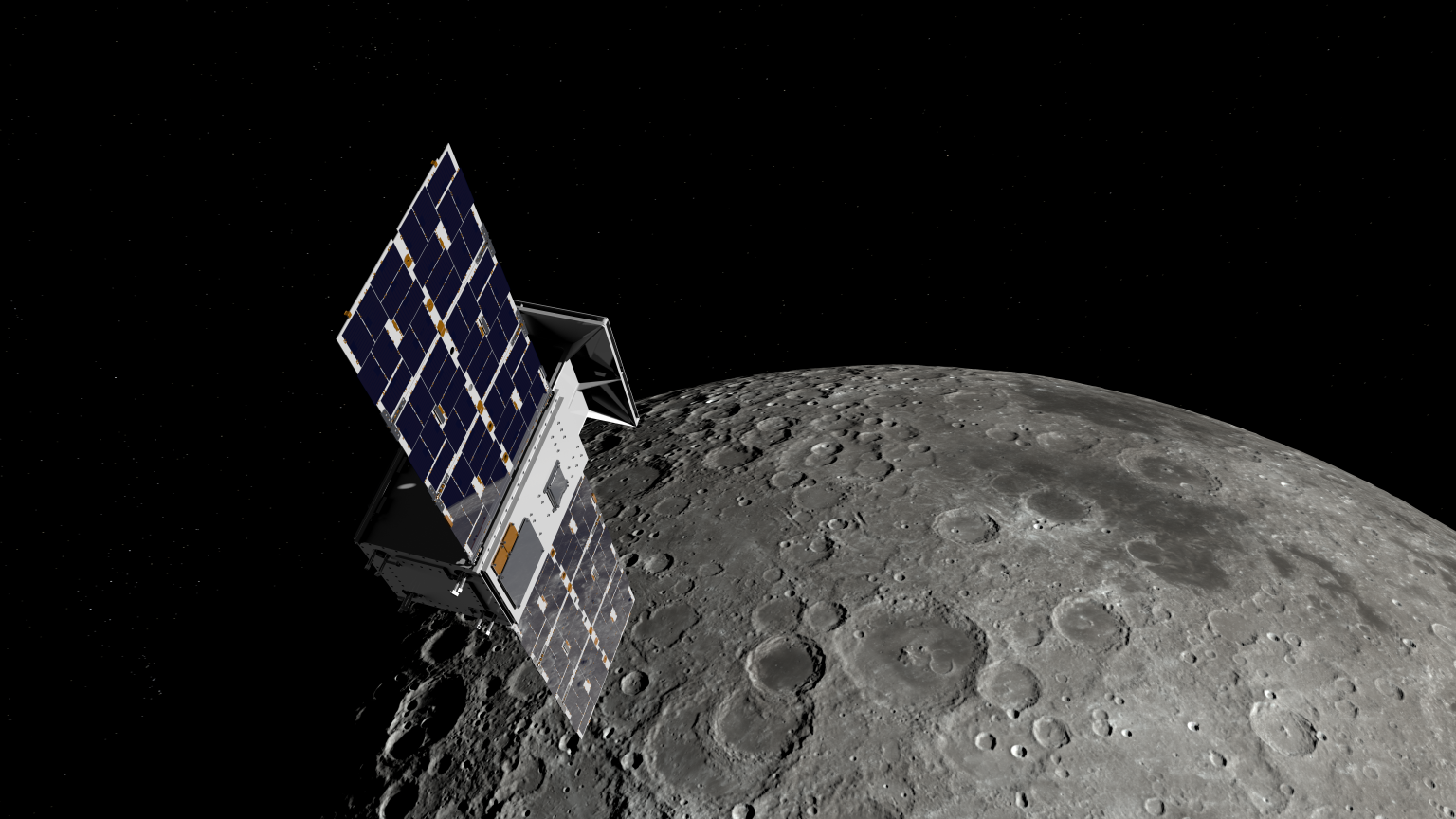NASA’s Small Spacecraft Technology Plan
More than 15 years of NASA development and largely successful launch and operation of small spacecraft missions as technology demonstrators, dedicated and operational support for science missions, have proven this platform worthy of continued investment. A lower barrier to entry, resource networks, and the overall collaborative nature of the small spacecraft community have all contributed to the sustained interest and growth of opportunity in areas of development and application by public, private, and business sectors. It is the combined effort of these players that has facilitated the rapid increase in the small spacecraft capability seen today.
NASA’s interest in future small spacecraft applications requires an examination of platform capability and technology gaps. This past fall, NASA’s Space Technology Mission Directorate’s (STMD) Small Spacecraft Technology (SST) program coordinated the development of the first Small Spacecraft Technology Plan. The plan, mostly focused on technology gaps for CubeSats and microsatellites that use standardized form factors and interchangeable commercial components, outlines further technologies and capabilities needed to meet upcoming mission needs. To extend the opportunity to provide plan input to the overall small spacecraft community, NASA released a Request for Information (RFI) focusing on the desired future states of small spacecraft, referenced as “Outcomes” in the plan, and the associated “Technology Gaps” that need to be closed to achieve the “Outcomes”. Respondents to the RFI were invited to offer input to three specific questions related to identifying new technology gaps not already listed in the plan; proposing additional facets to existing technology gaps and/or suggested priority changes; and providing examples of existing technologies or solutions that could contribute toward a technology gap or outcome in the plan.
Desired future states of small spacecraft fall into three categories: rapid, low-cost delivery of robotic payloads to the Moon, Mars, and beyond; ability to enable new discoveries at the Moon, Mars, and other extreme locations; and capacity to enable new architectures that are more rapid, affordable, or capable then previously achievable. Each outcome is tied to the development of certain technologies and capabilities that need to be fulfilled to arrive at a particular outcome within a cost target. Examples of such capability and technology development pathways include those related to modular systems architecture, formation flight, distributed missions, autonomous operations, and individual key enabling subsystem technologies.
A publicly releasable report of the RFI response summaries will be posted on the Small Spacecraft Systems Virtual Institute web portal site in late summer for the small spacecraft community to view.




























